Interesting, thanks for that!
- Formiculture.com
- Forums
- Gallery
- Members
- Member Map
- Chat

Interesting, thanks for that!
Camponotus vicinus, Crematogaster 1, Crematogaster 2, Formica francoeuri, *, *, Myrmecocystus testaceus, Novomessor cockerelli, Pheidole hyatti, Pogonomyrmex californicus, Pogonomyrmex rugosus, Solenopsis invicta
Where would you (cheaply) get a large, deep petri dish like the ones used by THA?
Current Species:
Camponotus fragilis
Novomessor cockerelli
Pogonomyrmex montanus
Pogonomyrmex rugosus
Manica bradleyi
I don't know anything about THA.
What I had in mind was something small and simple that could be used in place of a test tube for colony founding only. I have no intention of making something like THA's deep culture dish products, which compete with the byFormica GroTube currently on offer.
With a shallow petri dish, you simply add the queen to it, versus a test tube, and leave her alone until she has workers. I think the simple design I detailed has the capability of allowing claustral and possibly semi-claustral queens a good founding environment.
The advantage over a test tube would be:
I did order some 60 mm diameter, 15 mm tall plastic petri dishes from Amazon that will be here on Sunday. I'll make a couple things and probably offer them for cheap. I don't really recommend bigger sizes, because larger colonies that have wandering nanitics may be difficult to keep contained when opening the very shallow setup. Really small setups like this aren't intended for burgeoning colonies, which will require a larger foraging area and more adequate escape prevention.
Edited by drtrmiller, April 25 2015 - 6:22 PM.
Edit: Thank you.
Edited by Foogoo, April 25 2015 - 7:23 PM.
Camponotus vicinus, Crematogaster 1, Crematogaster 2, Formica francoeuri, *, *, Myrmecocystus testaceus, Novomessor cockerelli, Pheidole hyatti, Pogonomyrmex californicus, Pogonomyrmex rugosus, Solenopsis invicta
I actually have some founding queens set up in petri dishes like that. I never thought of putting grout or plaster in it though.
Current Species:
Camponotus fragilis
Novomessor cockerelli
Pogonomyrmex montanus
Pogonomyrmex rugosus
Manica bradleyi
I'll buy some of those from you Terry, maybe all of them, depending on the price.
My Journals:
I'll buy some of those from you Terry, maybe all of them, depending on the price.
I'm actually going to 3D-print and make a reusable silicone mold for the interior chamber and tunnel, so I can easily replicate the design over and over. I'll get 10 petri dishes today, and I think I can sell them for $3.00 each, plus actual shipping costs.
If/when they get sent to Amazon for fulfillment, the retail price will be a bit higher, because of Amazon fulfillment costs (Amazon charges me about $3.50 minimum to fulfill a single item); so the above price is the best it will probably be.
I'll post photos here in a jiffy once they're fabricated and ready to go.
Edited by drtrmiller, April 26 2015 - 8:54 AM.
I'd like to start with two, and if I like those, I'll be probably 10 at that price, 5 if I'm buying from Amazon at double the price. ![]()
My Journals:
The first one didn't turn out the way I wanted. Let me go through a few iterations and I'll post here when I have something good.
I decided to try using PS Drosophila vials from LCM Labs, they were exactly the size and style I had in mind.
I mixed up some hydrostone and first made one poured straight into the tube then one with wax paper shoved in. I then got the idea to drill out the bottoms and pour from the bottom to facilitate removal of the plug. Below is the order of my tests, from R to L:
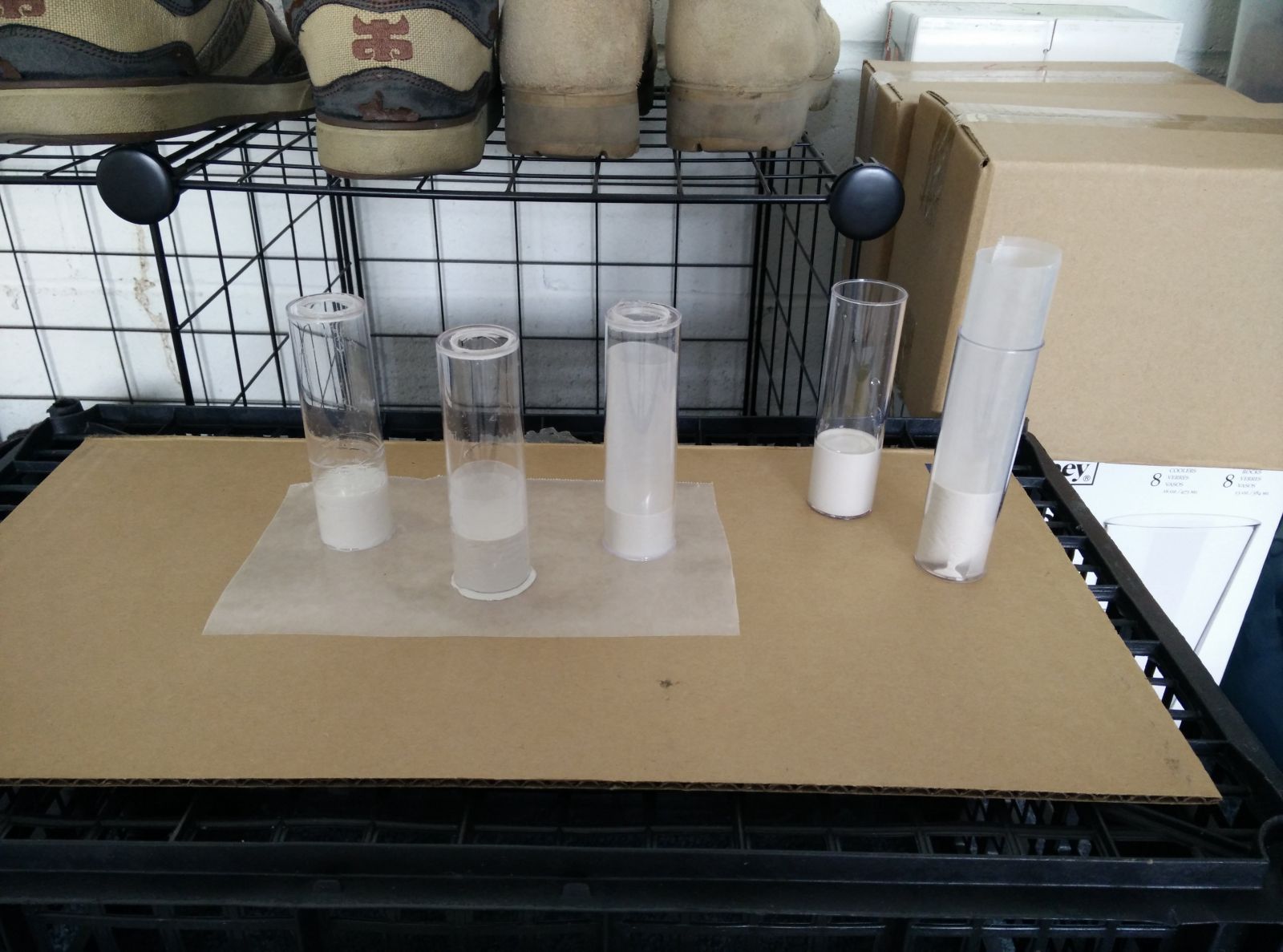
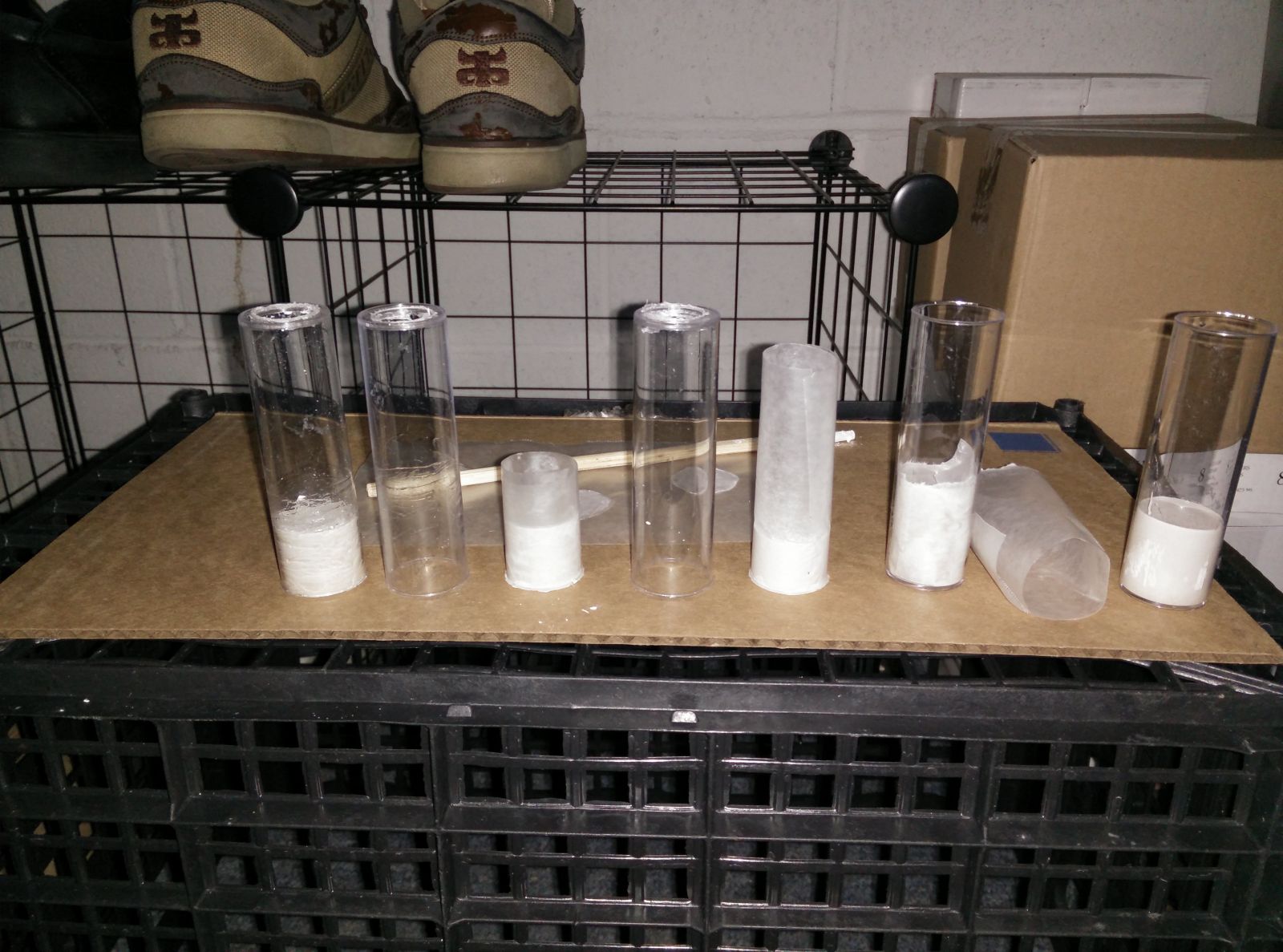
Edited by Foogoo, May 3 2015 - 5:34 PM.
Camponotus vicinus, Crematogaster 1, Crematogaster 2, Formica francoeuri, *, *, Myrmecocystus testaceus, Novomessor cockerelli, Pheidole hyatti, Pogonomyrmex californicus, Pogonomyrmex rugosus, Solenopsis invicta
Straight into tube
- Straight into tube w/ wax paper
- Upsidedown w/ wax paper
- Upsidedown w/ petroleum jelly and wax paper
- Upsidedown w/ petroleum jelly
I let it sit for about 28 hours and tried removing the plugs. For the upsidedown ones I pushed it out with a takeout chopstick. This was what happened:
- Didn't try
- Didn't budge, wax paper just tore off
- Success
- Success
- Nope
Thank you for these tests! I'm going to try out #3 this afternoon.
Edited by Miles, May 3 2015 - 10:53 AM.
First attempt at making tunnels today. I'm using Prang non-drying modeling clay with no release agent. It's pretty tough working in such a small space, I ended up forming the rough shape and moving it into place with a chopstick. We'll see how the set product turns out, but a few lessons learned from today:
You can probably build a clay dam around the bottom of the tube to keep the grout in and avoid a mess if the setup gets bumped or something. I may do that on future builds.
Will update tomorrow with how the finished product goes!
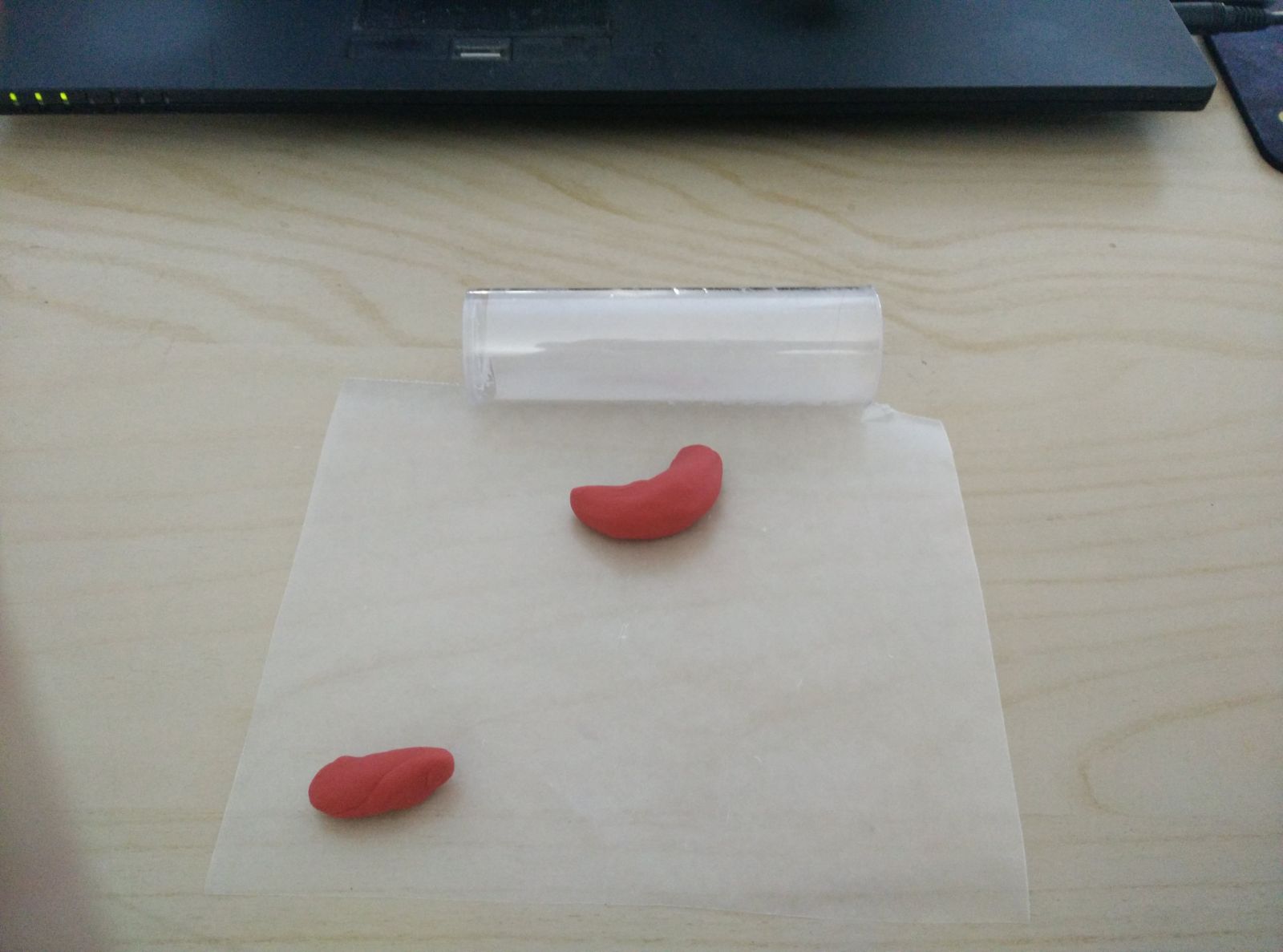
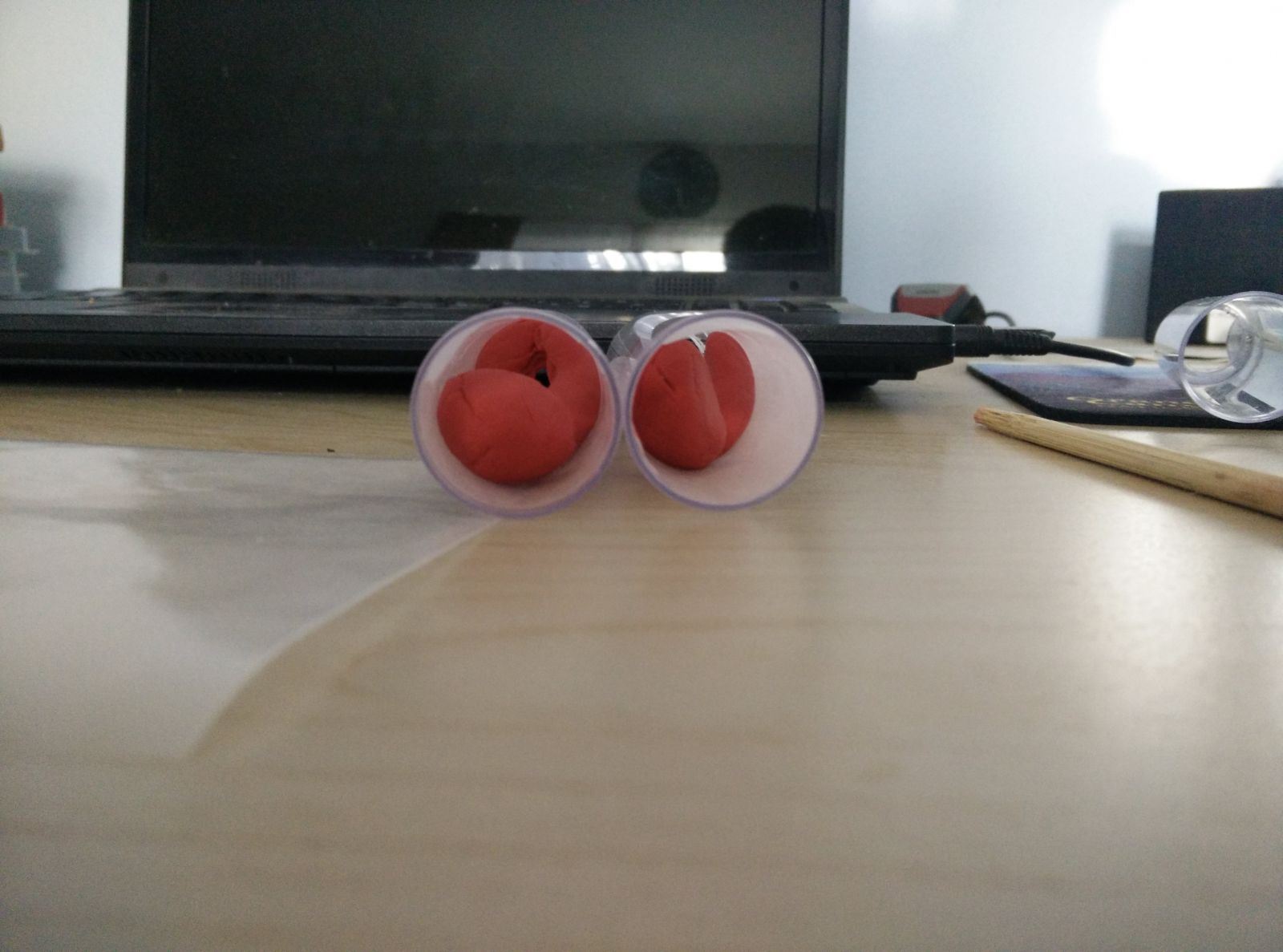
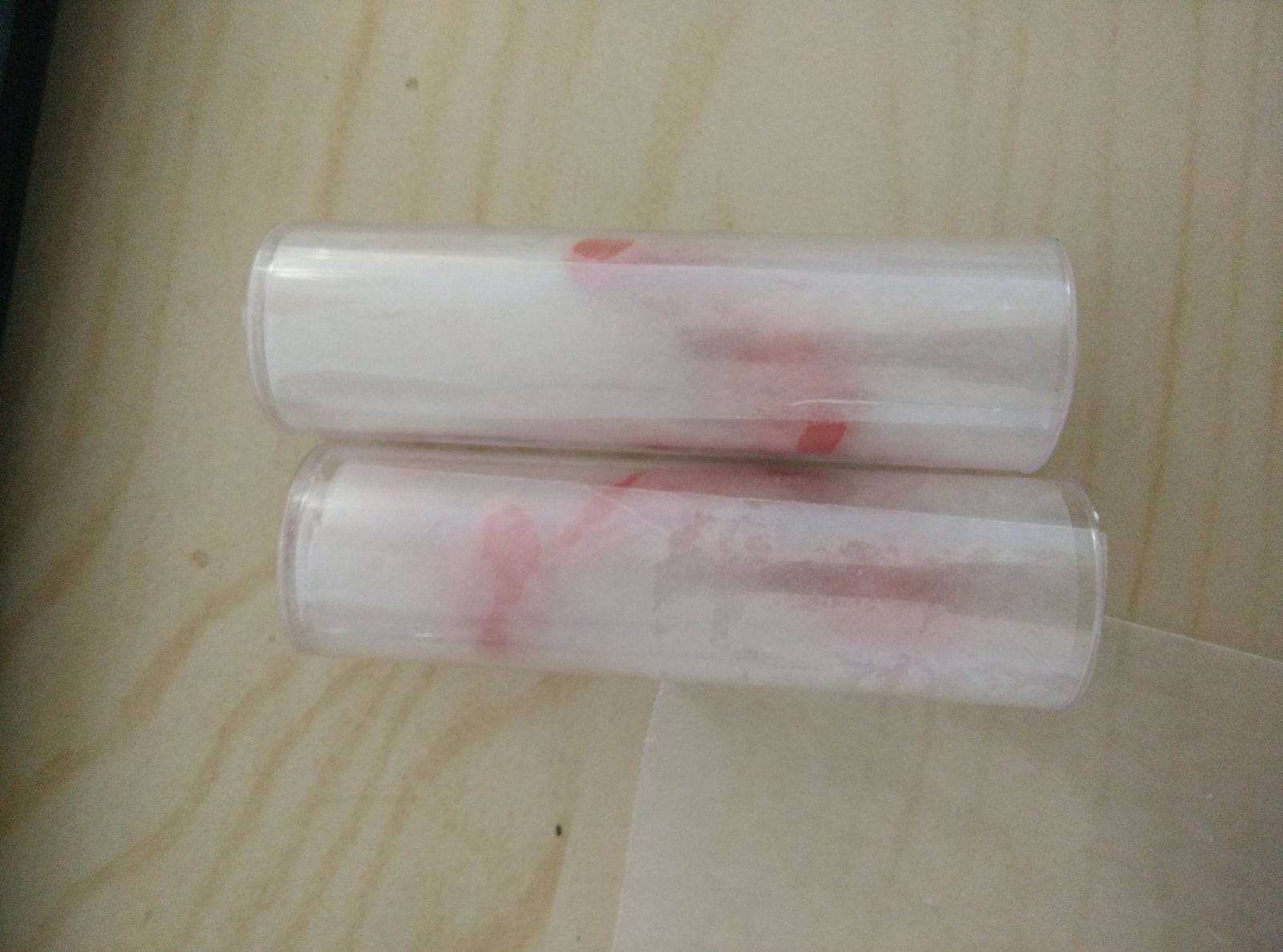
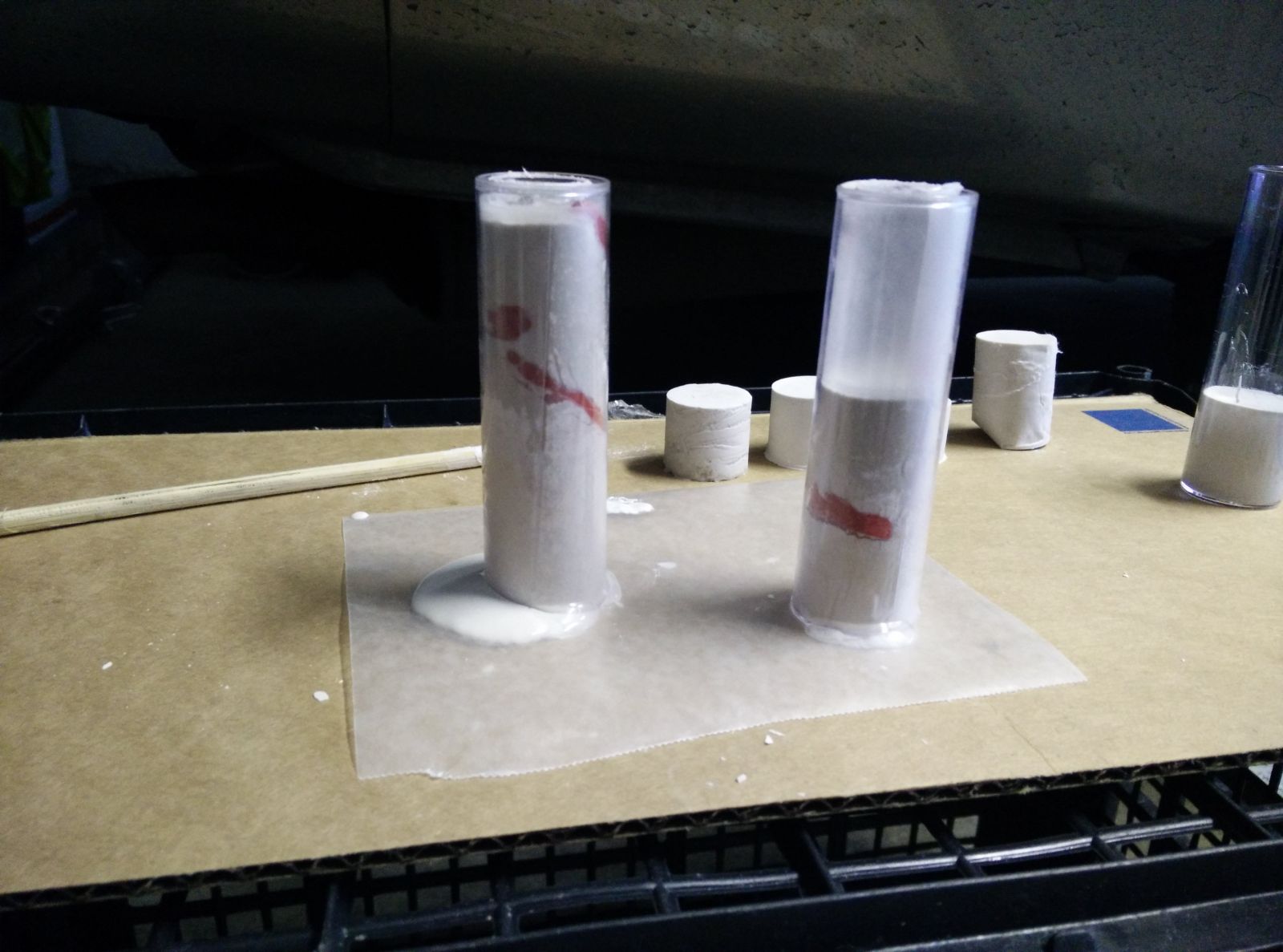
Edited by Foogoo, May 3 2015 - 5:48 PM.
Camponotus vicinus, Crematogaster 1, Crematogaster 2, Formica francoeuri, *, *, Myrmecocystus testaceus, Novomessor cockerelli, Pheidole hyatti, Pogonomyrmex californicus, Pogonomyrmex rugosus, Solenopsis invicta
Here's the nearly finished product:
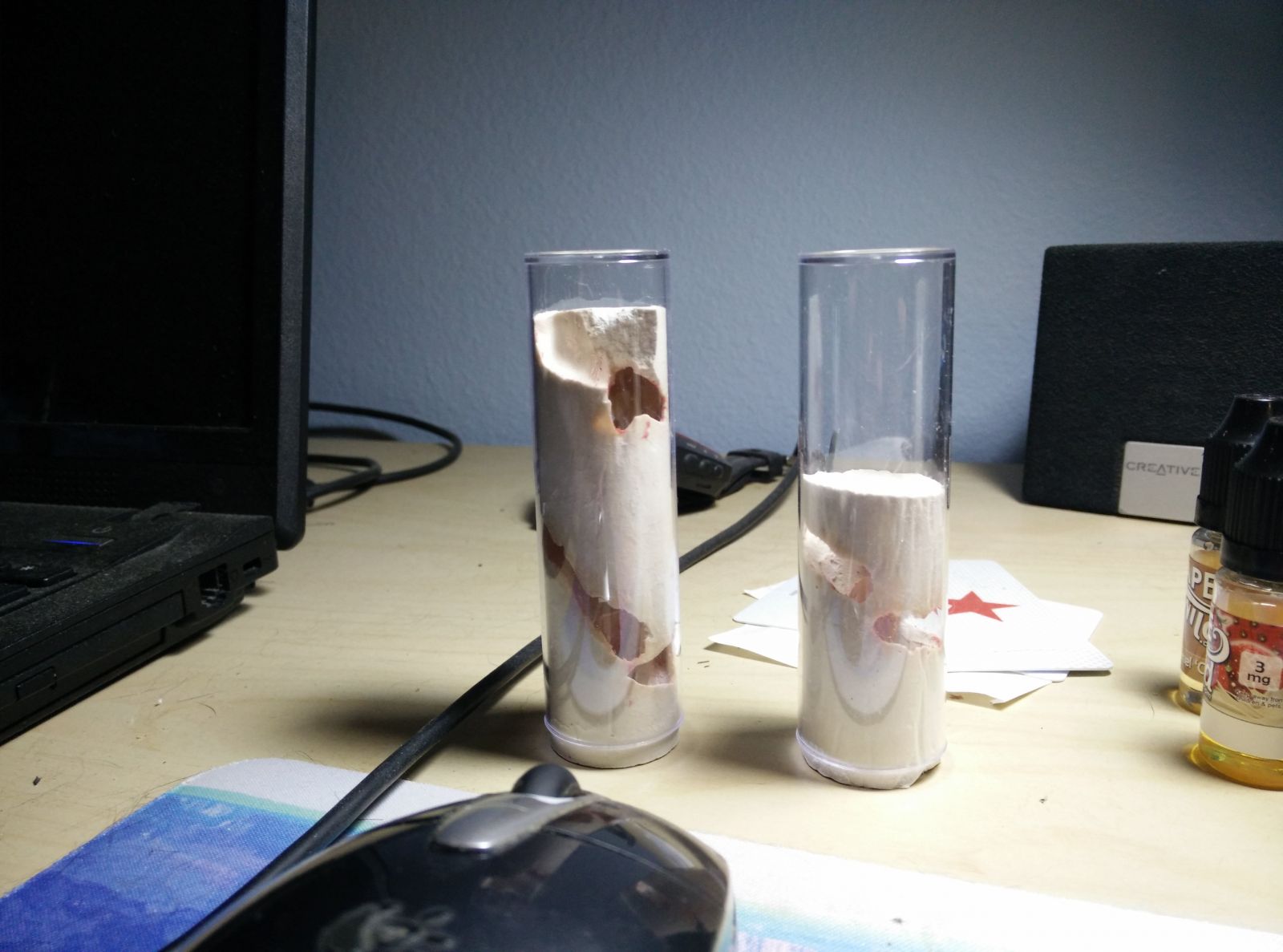
The clay removes fine without a release. I thought the areas where grout seeped behind the clay would be an issue but it wasn't, the clay came out relatively easily with a toothpick (and something entertaining on tv). One semi-major issue is that not only does the grout leaking out the bottom make a lip preventing the nest from slipping into the final tube, but the last 1/4" or so of the nest expanded. This can probably be easily fixed with a dremel, so until I get around to doing that, these won't be 100% yet.
Camponotus vicinus, Crematogaster 1, Crematogaster 2, Formica francoeuri, *, *, Myrmecocystus testaceus, Novomessor cockerelli, Pheidole hyatti, Pogonomyrmex californicus, Pogonomyrmex rugosus, Solenopsis invicta
So you're using grout and not Hydrostone right? You were talking about Hydrostone at first, and then you started talking about grout. If so, what kind of grout are you using?
So you're using grout and not Hydrostone right? You were talking about Hydrostone at first, and then you started talking about grout. If so, what kind of grout are you using?
Oops my fault. All Hydrostone. I just got lazy and called it grout.
Camponotus vicinus, Crematogaster 1, Crematogaster 2, Formica francoeuri, *, *, Myrmecocystus testaceus, Novomessor cockerelli, Pheidole hyatti, Pogonomyrmex californicus, Pogonomyrmex rugosus, Solenopsis invicta
I thought the slight expansion could be easily reversed with a dremel. Well Drew called it, it's not. Spent some time making a mess trying to evenly reduce the diameter of the hydrostone insert. It can probably be done, but I'm shooting for "quick and easy". I discovered a possible dissolving mold however, when it arrives I'll give it a go.
Camponotus vicinus, Crematogaster 1, Crematogaster 2, Formica francoeuri, *, *, Myrmecocystus testaceus, Novomessor cockerelli, Pheidole hyatti, Pogonomyrmex californicus, Pogonomyrmex rugosus, Solenopsis invicta
This is nearly identical to the cylinder/vase project I've been working on. I went the silicone mold route. I made a positive model out of clay first. Unfortunately, the silicone vendor I worked with told me to seal the clay positive with a sealer. GAH! The sealer actually constricted the clay and made it smaller either right before or during the mold casting. So now I have a mold that no longer fits my vases. ![]()
I've been thinking about giving up entirely, but word to the wise if you try to go this route...lesson learned. I have a bunch of vytaflex 10 left over if you'd like me to cast a mold for you. Then you could instantly reproduce your finals. Well, not instantly, but with just a pour.
0 members, 1 guests, 0 anonymous users